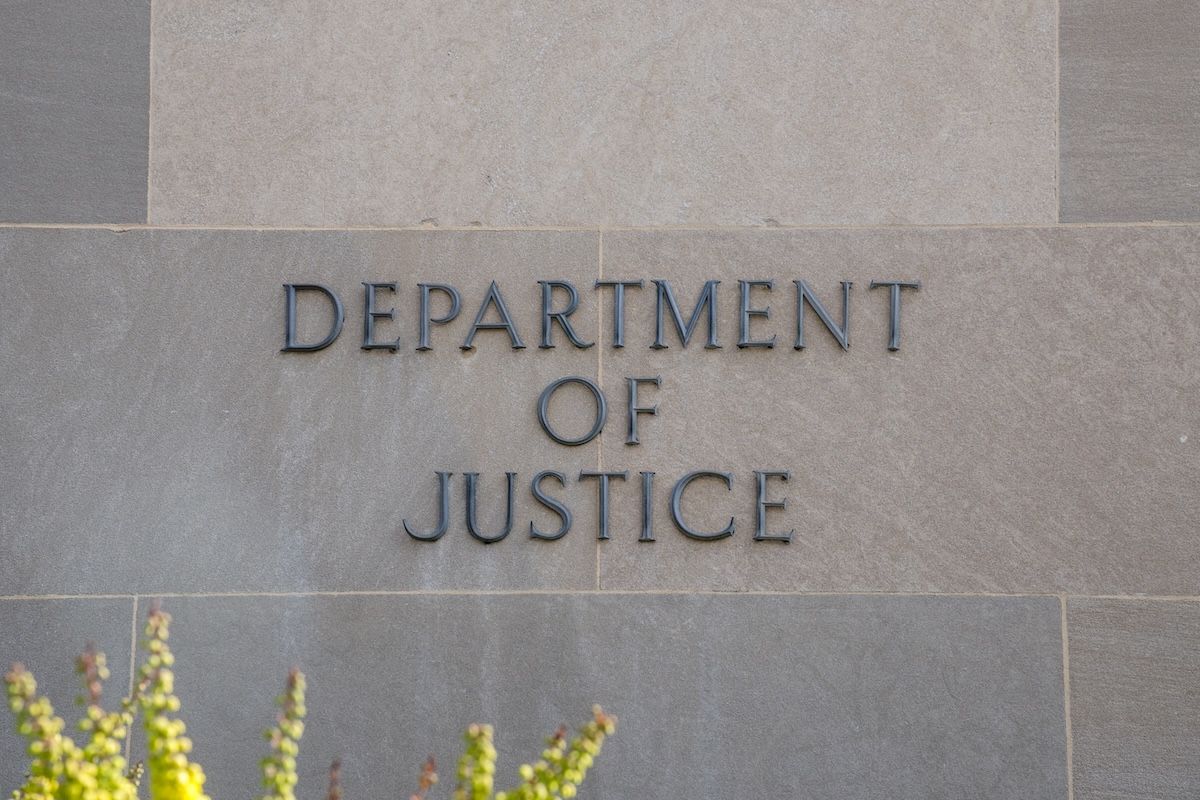Article
Top 8 things doctors need to know about 2018 MACRA proposed rule
Author(s):
The Centers for Medicare & Medicaid Services (CMS) has released its proposed rule for year two of the Quality Payment Program portion of the Medicare Access and CHIP Reauthorization Act (MACRA), affecting who’s eligible and how quality scores are calculated.

The Centers for Medicare & Medicaid Services (CMS) has released its proposed rule for year two of the Quality Payment Program portion of the Medicare Access and CHIP Reauthorization Act (MACRA), affecting who’s eligible and how quality scores are calculated.
“We’ve heard the concerns that too many quality programs, technology requirements, and measures get between the doctor and the patient,” CMS Administrator Seema Verma said in a press release. “That’s why we’re taking a hard look at reducing burdens. By proposing this rule, we aim to improve Medicare by helping doctors and clinicians concentrate on caring for their patients rather than filling out paperwork.”
Here’s what you need to know about the proposed changes for 2018, which would impact payment in 2020. The rule will be finalized later this fall after a 60-day comment period by the public.

8. More physicians are exempt from the Merit-based Incentive Payment System (MIPS) portion of MACRA than before
The minimum threshold to be exempt from MIPS has increased from $30,000 or less in Medicare Part B charges or 100 patients or fewer to $90,000 or less in charges or 200 patients or fewer.
Exempt physicians can choose to participate in 2019.

7. Pick-your-pace ends in 2017
For 2018, there is only one pace for MIPS-submit all data or face a penalty. In 2017, pick-your-pace allowed physicians to submit as little as one piece of data as a trial run that was penalty-free.

6. Virtual Groups are now a participation option
Solo practitioners and groups of 10 or fewer eligible clinicians can combine with at least one other group for MIPS reporting purposes, regardless of location or specialty.

5. EHR certification gets a reprieve
A 2015 CEHRT edition electronic health record (EHR) was originally required for 2018, but now 2014 or 2015 CEHRT is allowed. A bonus is awarded for exclusive use of a 2015 CEHRT.

4. New scoring bonuses make it easier for smaller practices
Complex patients generate up to three bonus points in the MIPS final score, small practices of 15 physicians or fewer receive five points for submitting data in at least one category and small practices continue to receive three points for quality measures that don’t meet data completeness requirements, meaning it’s easier for smaller practices to generate better scores.

3. Some scoring percentages have changed
· Quality stays at 60% in 2020 instead of the original proposal last year moving it to 50% of total score, but drops to 30% in 2021.
· Cost remains at 0% in 2020 before rising to 30% in 2021.
· Improvement activities stay at 15%.
· Advancing Care Information stays at 25% in 2020, but physicians can apply for a hardship exemption if there are overwhelming barriers to complying with this category.

2. Track 1 ACOs still do not qualify as an Advanced Alternative Payment Model
Physicians in Track 1 ACOs who meet the patient or Part B charges thresholds will need to report data under MIPS. Those in Next Gen, Track 1+, Track 2 or Track 3 ACOs qualify as an APM and are exempt from MIPS.

1. These changes are not final and CMS is taking comments through August 18
To learn more about the Quality Payment Program and how to submit feedback, contact CMS at (866) 288-8292 or email [email protected].





